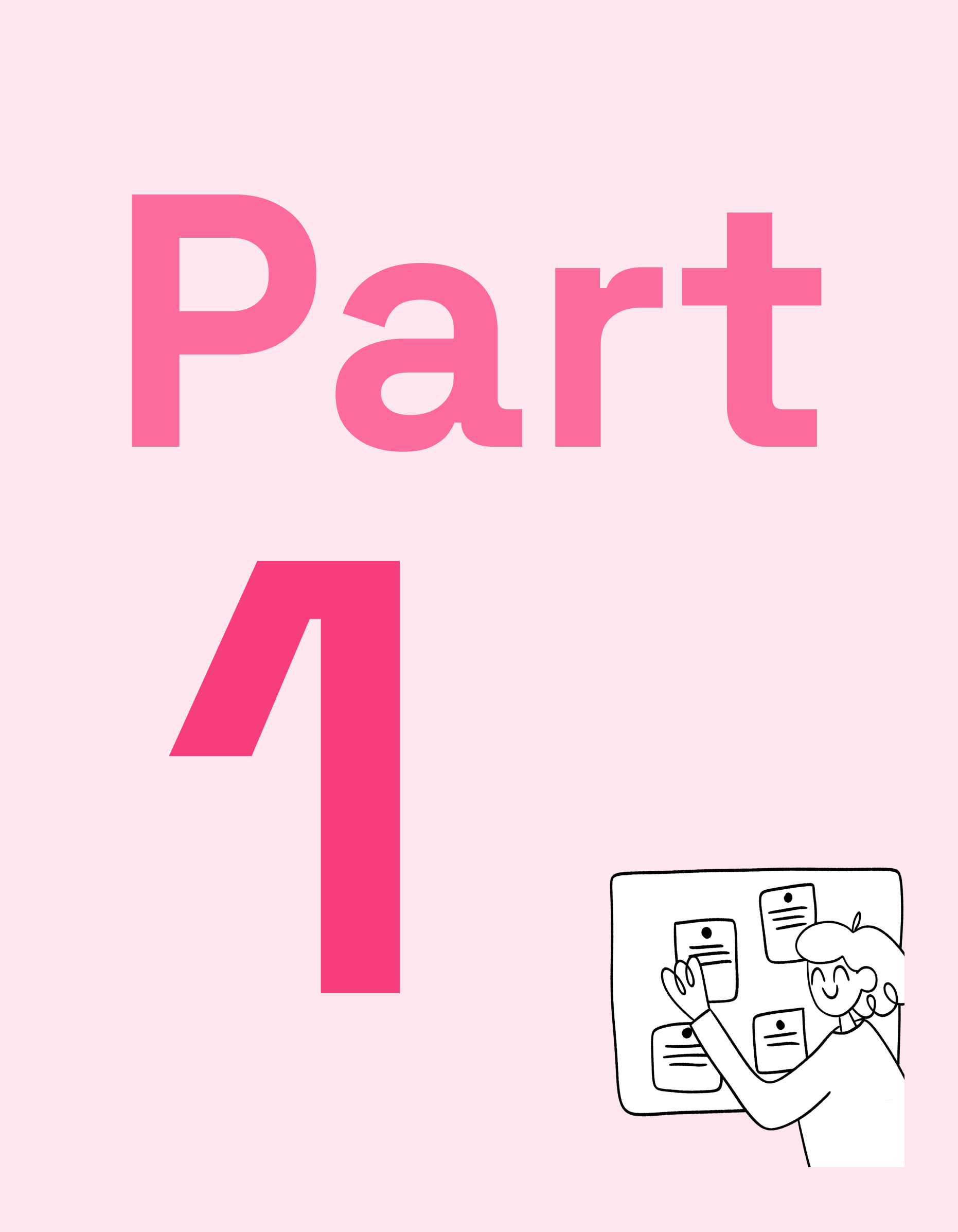Key Sections of your Design System: Part 1

In the ever-evolving landscape of design and development, maintaining consistency and efficiency in your projects is paramount. This is where a well-structured design system comes into play. A design system is not just a collection of styles and components; it’s a strategic guide that ensures a seamless and cohesive experience across all your products. As you embark on the journey of creating your design system, here are just some key sections that you should include to ensure its effectiveness and usability.
Design Principles and Guidelines: The foundation of any design system lies in its guiding principles and guidelines. These principles encapsulate your brand’s essence and serve as the touchstone for every design decision. Clearly articulate design philosophy, typography, color palette, and spacing rules to ensure consistency across all visual elements.
Components Library: Central to a design system is its components library. This section houses reusable UI components like buttons, forms, navigation bars, and cards. Each component should be meticulously documented, showcasing its variations, use cases, and code snippets. Providing code samples in various programming languages ensures easy integration for developers.
Layout and Grid System: A coherent layout and grid system foster consistency and responsiveness in your designs. Document the grid structure, including column counts, gutters, and breakpoints. This section guides designers and developers in maintaining a harmonious layout across different devices.
Icons and Illustrations: Icons and illustrations infuse personality into your designs. Create an icon and illustration library, complete with icon sets and illustration styles. Offer downloadable assets in multiple formats, catering to both design and development needs.
Typography: Typography plays a pivotal role in user experience. Specify font families, weights, sizes, and hierarchy guidelines. Detail how typography should adapt to various screen sizes and platforms for a polished result.
There are so many key aspects to your design system. It’ll be continually developing and evolving over time as you add more guidelines and components! Start your journey today with zeroheight and chat to us on Twitter 🚀